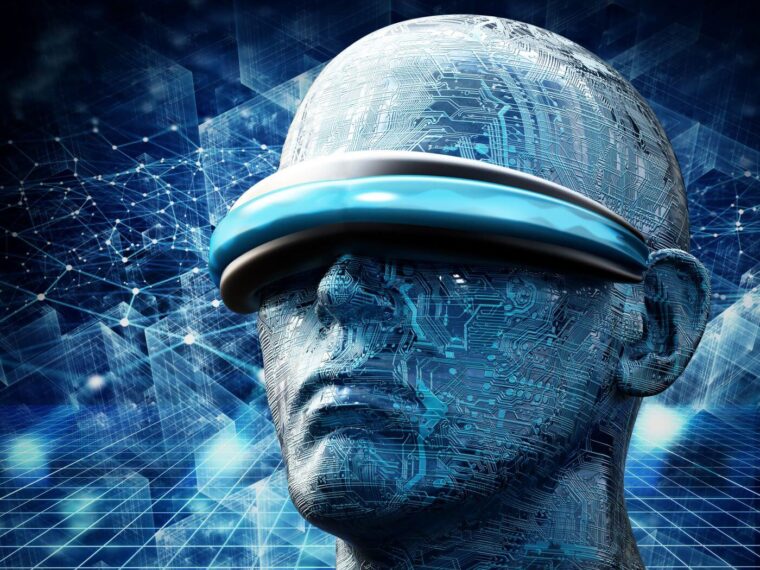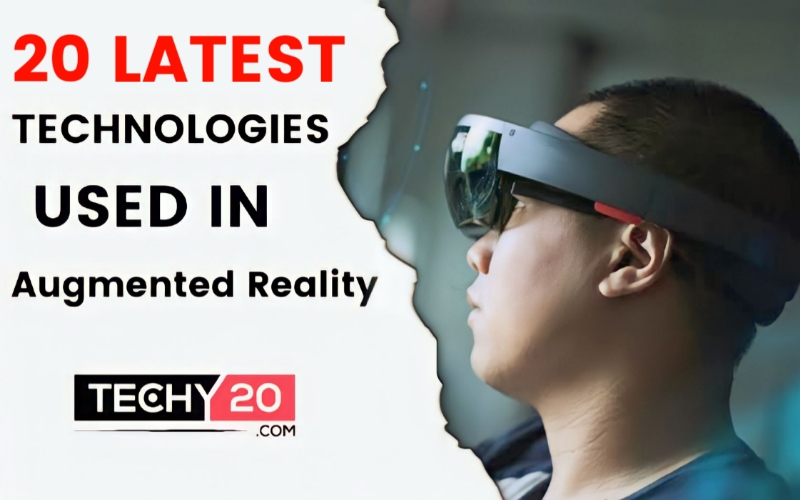Augmented reality (AR) is not a brand-new idea. Nevertheless, it has undoubtedly made some significant strides in recent years with the introduction of applications and technologies like HoloLens. Additionally, augmented reality trends demonstrate how the technology is quickly upending a number of sectors, including healthcare, gaming, insurance, marketing, and education.
The ability to bring the digital dimension into reality is now possible because to developments in augmented reality (AR) technologies. Pokemon Go is the best illustration of this innovation. When the game first came out, it shook the globe because it let players catch pocket monsters “in the wild.” In 2016, Pokemon Go produced $588.77 million in annual revenue.
Below are the 20 Latest Technologies used in Augmented Reality-
1. AR Compatible Devices
Mobile and tablet devices that can run AR applications are known as AR-compatible devices. There would be a list of smartphones that support augmented reality. If not, Google offers a page that contains a list of all smartphones that are capable of supporting its Ar Core.
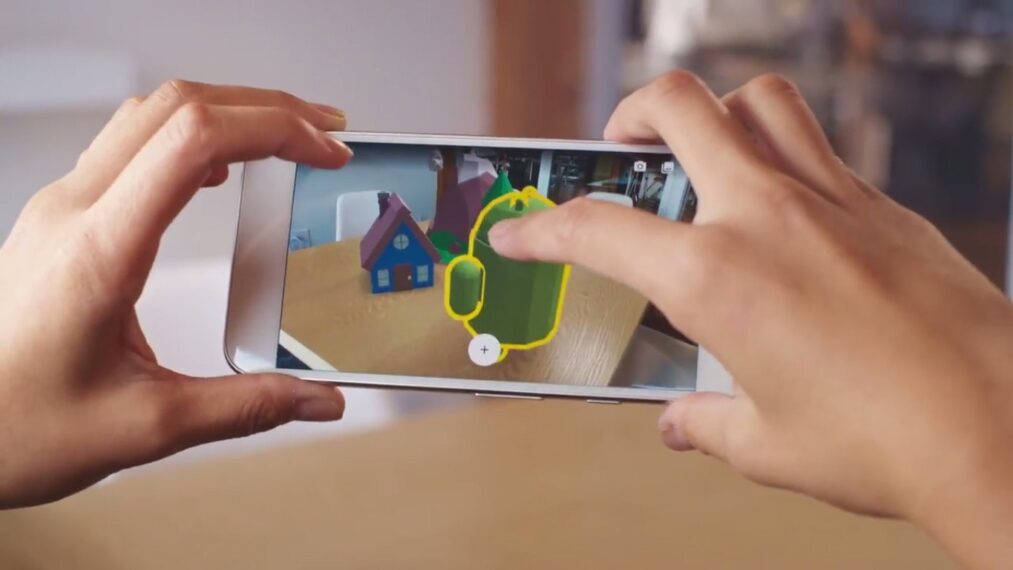
2. AR Glasses
Smart glasses or augmented reality(AR) glasses are eyewear that projects digital visuals or information over the real world. These need to be connected to a smartphone or tablet and a camera. There are still others, though, that support head-mounted displays. Statistics on virtual reality show a rapid increase in the shipment of AR and VR devices.
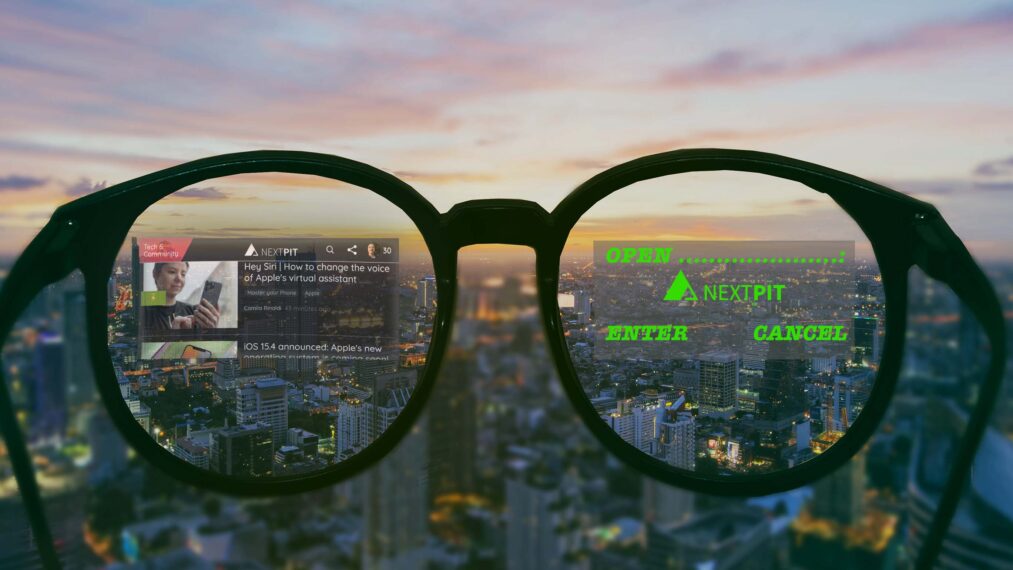
3. AR Contact Lenses
The idea of augmented reality is already Sci-fi, but some businesses are now taking it a step further. Mojo Vision is one such organisation. It is primarily designed to provide augmented vision to persons who have vision impairments.
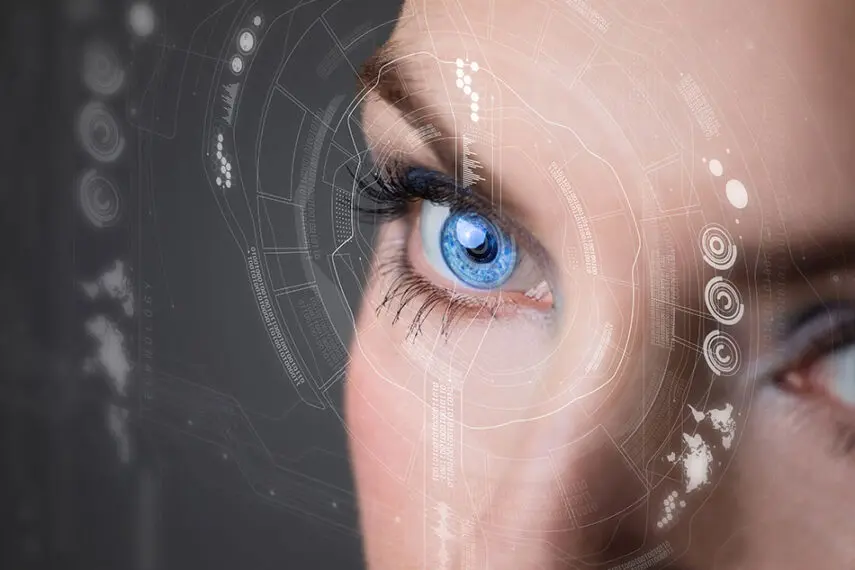
4. AR Helmets
It makes logical that there are now helmets designed to incorporate the technology since AR is now commonly utilized in building and construction. The DAQRI Smart Helmet is one illustration; it promises to increase site productivity while assuring safety.
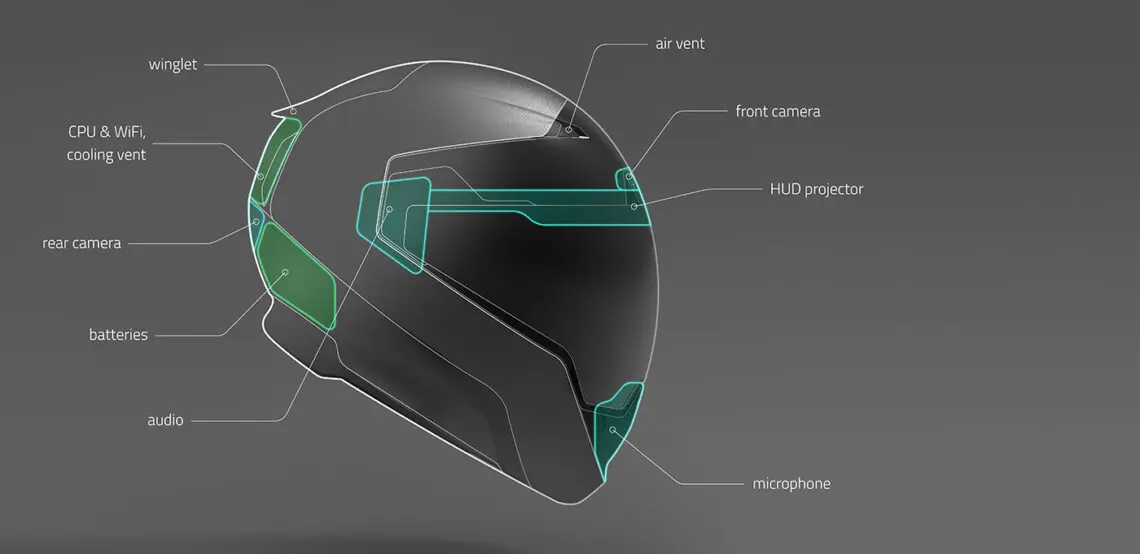
5. A Shopping Experience Using AR
The act of buying is one more way that AR is influencing society. Shoppers can test things using augmented reality before making a purchase. It has grown to be one of the newest retail trends as a result of its recent surge in popularity.
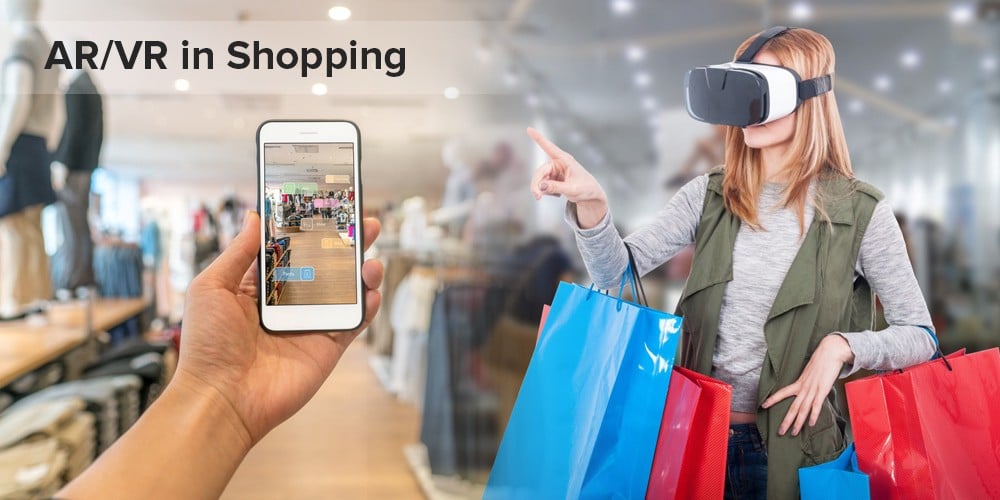
6. Improvement Of Business Processes
Beyond retail firms, AR is causing a stir among international corporations. Businesses are now including augmented reality in the services they offer.
By providing workers with smart glasses that enable them to identify, scan, and sort warehouse inventory, employers may boost output while maintaining an accurate inventory list. The majority of businesses (68%) claim that this technology is essential to their industry and that MR and AR enable them to accomplish important business objectives.

7. Spatial Audio
Even while spatial audio may not initially seem to be an augmented reality technology, it is essential for increasing the immersion of AR experiences. The five senses, including hearing, are all included in the process since meta verse technologists are so preoccupied with it. To make VR and AR experiences more immersive, 3D audio is necessary. Users should be able to locate a sound’s source in 3D space based on their own position. Meta recently updated their AR Spark Studio with a sophisticated engine that creates sound effects by fusing numerous sounds together.

8. AR In Healthcare
To ensure that doctors and other healthcare workers can give their patients the best treatment possible, medical care is constantly evolving. Using AR in healthcare is one of the newest developments in augmented reality. By 2026, it’s estimated that this industry will be worth $2.4 billion. This number is not unexpected given that the medical community is becoming more aware of the advantages of AR and adjusting to the realities of Covid-19. Blood drawing is one way that AR is assisting the medical industry.

9. AR In Marketing
The use of augmented reality in marketing is extremely diverse. For instance, business cards are a common and straightforward option that may be used with straightforward AR systems. You can differentiate yourself from the competition and provide potential clients a brand-new and interesting way to learn more about your business by incorporating interactivity into marketing materials like business cards.

10. Collaboration Of A Team Using AR
Businesses were forced to close their offices and relocate a sizable portion of their activities to employee residences due to the lockdown brought on by Covid-19. Nearly 40% of full-time staff were still working from home as of September 2020, months after the initial quarantine restrictions. It is clear that working remotely has numerous advantages, but it also has certain disadvantages. One of them is that cooperative efforts may suffer as a result. In any workplace, the ability to lead team meetings and assist clients is crucial.
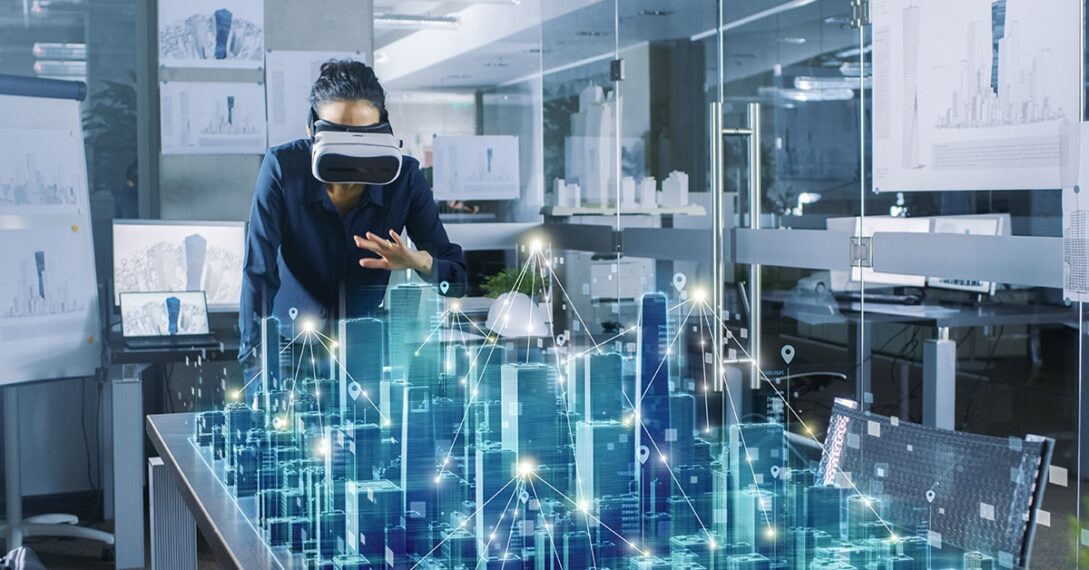
11. AR Powered Drivers
By 2025, it is anticipated that augmented reality in automobiles would be valued $673 billion. To begin with, automakers are spending a lot of money on incorporating augmented reality technology into their new models. Porsche is one famous example, having invested $80 million in the development of AR windscreen technology. The most popular automotive augmented reality system is Nvidia’s Drive. In order to provide a transparent view behind the trailer your car is towing, it mounts a display on the dashboard and applies graphics to video footage. The AR-capable Genesis G80 is the last option; it provides a holographic overlay that tracks a driver’s line of sight.
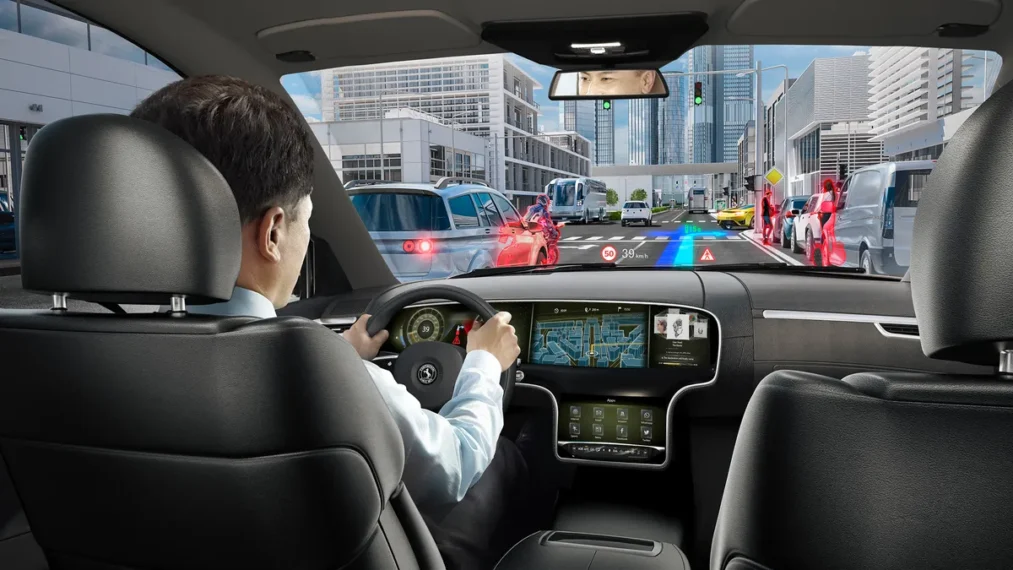
12. AR As A Learning Tool
AR isn’t simply for entertainment, transportation, and medicine. The educational system is also embracing it. The use of augmented reality in education has an impact on how pupils learn. Teachers can maintain student interest by using AR. Students are encouraged to attend class and study each day since it makes learning more enjoyable. AR simplifies the teaching of challenging subjects for students. For instance, teachers can make use of student smartphones and paper cubes when teaching chemistry. The cubes may be scanned to reveal details about the chemical they stand for. Putting two or more cubes together will show pupils what kind of response they can anticipate.

13. Gaming Industry And AR
The first thing that comes to mind when someone mentions augmented reality in gaming is Pokemon Go. After all, with the successful introduction of this application in 2016, AR has become a common term. The AR gaming market is anticipated to develop at a CAGR of 152.7% by 2023 due to its rising popularity. More mobile devices are incorporating augmented reality (AR) technology, as well as an increase in online users, are contributing contributors to this expansion. Additionally, the game industry has made a number of advancements that are easily compatible with AR technology.

14. AR Hardware
In terms of consumer spending, AR hardware makes up the greatest portion of the sector at 15%. After all, you need the appropriate equipment in order to enjoy AR. Google Glass was unveiled to the world in 2013. a set of smart glasses that claimed to offer users a unique perspective on the world. The AR hardware, however, was not well accepted. In fact, a 2014 survey found that 72% of consumers were reluctant to purchase AR devices for themselves, citing privacy as their top worry.
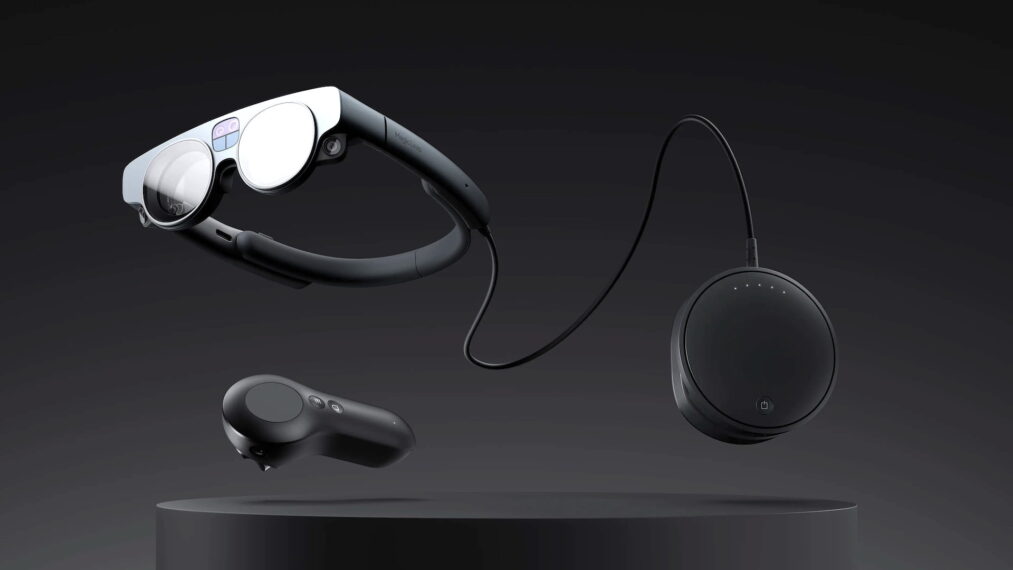
15. AR As An Indoor Navigator
A large building might be confusing. Additionally, you cannot use your GPS to guide you to your location, unlike when you are driving. This increases the complexity of interior navigation compared to outdoor navigation. It consists of three parts, all of which must function together for it to be functional. Only Mapping is currently the module that requires the least amount of learning. The difficulty with positioning is that it’s not always easy to pinpoint someone’s precise location. AR indoor navigation is usable in a range of commercial settings. It can be utilized in universities so that new college students and visitors to the company can quickly locate structures. Hospitals, museums, and even airports can use it.
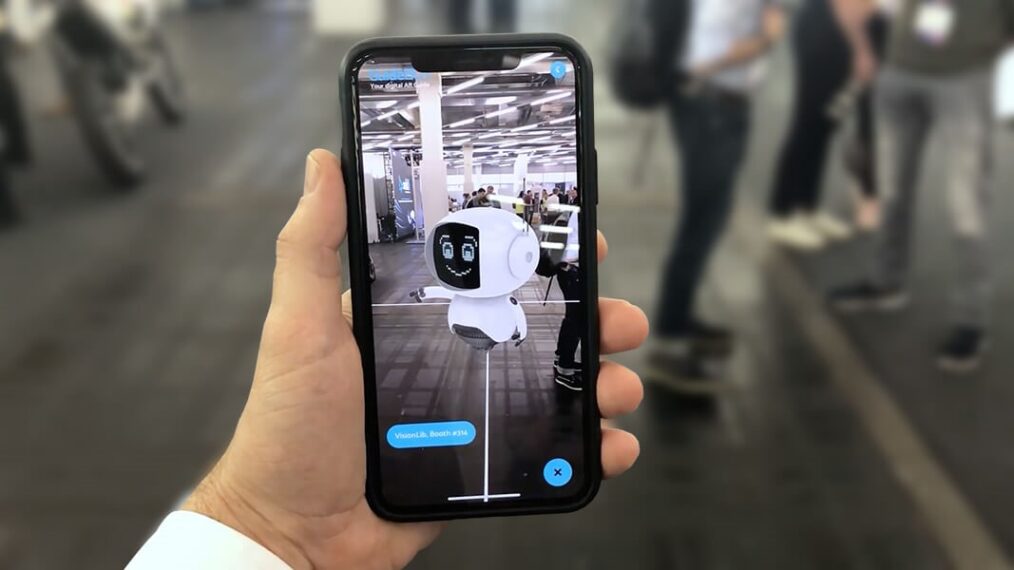
16. Remote Assistance Of AR
AR remote support is advantageous to both clients and clients. One of the numerous businesses that profit from this trait is Unilever. AR is attempting to alter that. It merges computer-generated visuals with live video broadcasts. With this, the representative on the other end can demonstrate how to fix the customer’s gadget as opposed to telling them how to do it. There is a greater likelihood that the problem can be handled during the conversation because the customer can interpret their instructions better.
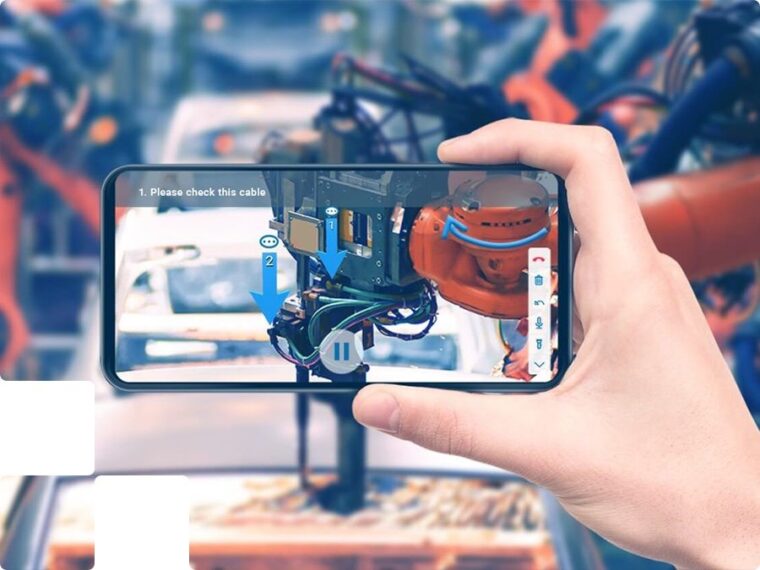
17. AR Insurance Industry
Insurance businesses are implementing AR in a similar way to the other sectors featured on this list. Insurance firms can engage with their customers and clarify many aspects of their service by using augmented reality (AR). For instance, the UK-based insurance company Allianz employs augmented reality to alert its clients to potential risks in their homes. They can see such dangers using their smartphone. These can include an overheating toaster, floor damage in an upstairs bathroom from a flooded sink, and many other things.

18. Marketing And Advertisements Of AR
Ads benefit greatly from augmented reality as well. With nearly 4.66 billion people using the internet regularly as of October 2020, consumers are more aware of products, and the digital advertising sector is booming. By the end of 2021, it is expected that global spending on these digital advertisements would increase to $398 billion. With augmented reality (AR), you may engage with customers by letting them try the product “free” before they buy it. IKEA is well recognized for its augmented reality (AR) software, which enables users to visualize how a piece of furniture would look in their own homes. Customers can use augmented reality to scan items like clothes, cosmetics, and shoes at stores before making a purchase.
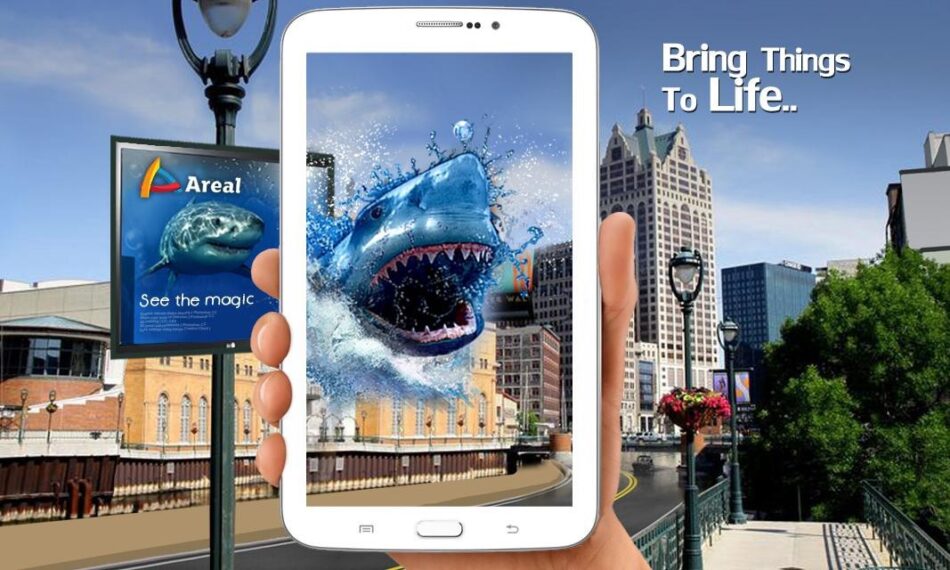
19. AR Cloud
Another application of an AR cloud for interior navigation is Immersal’s software for the Messukeskus Expo at the Helsinki Exhibition Center in Finland. This brings up a map of the facility that helps guests locate their destination. Another aspect of the AR Cloud is event management. A planned event’s physical and virtual settings can be designed, scheduled, and managed remotely by managers using Geo-gram, a 3D editor, CMS, and publishing desk that utilizes AR Cloud.

20. AR With AI
AI and augmented reality are two of today’s most promising technical developments, which is one thing they have in common. Additionally, they can be combined to offer users a more singular experience. With the aid of visual data, augmented reality creates a 3D map of the world that can track movement. Then, by adding itself on top of the AR features, AI is employed to improve the AR experience. Combining AR and AI opens up possibilities that were previously unimaginable.
